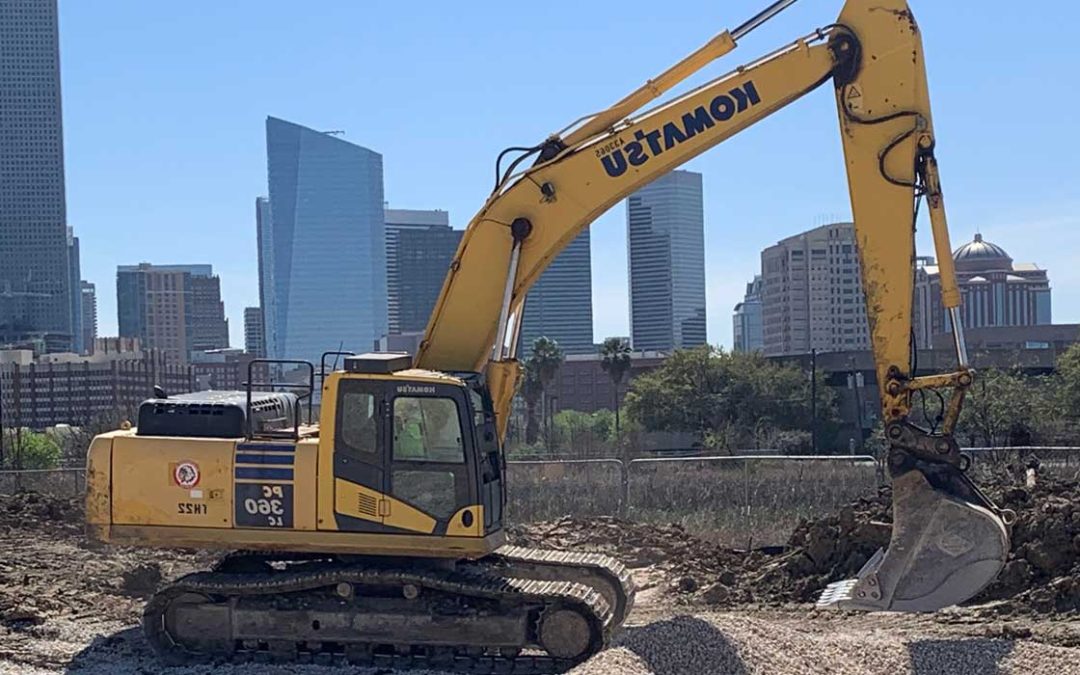Mass excavation is not just about moving dirt; it’s an intricate blend of art and science that shapes the foundation of our built environment. This process, which involves removing vast amounts of soil or rock from a particular area to create a desired landform, is a cornerstone of construction. With over 30 years of experience, Native Services has mastered this craft, facing diverse challenges from varying soil conditions to urban complexities.
The science of mass excavation is deeply rooted in understanding the earth’s composition. Different soil types, from sandy loams to clay, require different excavation techniques. For instance, while sandy soils are relatively easy to excavate, clayey soils can be challenging due to their cohesive nature. The presence of groundwater, rock layers, and other underground utilities further complicates the process. Advanced geotechnical surveys and soil testing become imperative to ensure safe and efficient excavation.
But it’s not just about the science. The art of mass excavation lies in the vision of transforming a raw piece of land into a site ready for construction. It’s about visualizing the end product and understanding how every scoop of the excavator, every grading activity, and every compaction process contributes to that vision.
One of the significant trends reshaping the industrial, construction, and contracting sectors is facility modularization. This allows contractors to tie into existing infrastructure seamlessly. The transition to clean energy by petrochemical companies is another trend that’s making waves in the industry. As highlighted by a recent article, these trends emphasize the evolving nature of the construction sector and the role of mass excavation in it.
In the realm of mass excavation, technology plays a pivotal role. Advanced machinery equipped with GPS and laser-guided systems ensures precision in excavation. These technologies not only enhance efficiency but also ensure the safety of workers on site. Drones, for instance, are now commonly used to survey sites, providing real-time data that aids in planning and executing excavation tasks.
Environmental considerations are also paramount. With growing awareness about environmental conservation, mass excavation practices have evolved to minimize land disturbances and reduce the carbon footprint. Techniques such as hydro excavation, which uses water to break up soil, are environmentally friendly and reduce the risk of damaging underground utilities.
Training and skill development are crucial components of the art and science of mass excavation. At Native Services, we believe in continuous learning. Our team undergoes regular training sessions, ensuring they are equipped with the latest knowledge and best practices in the industry.
In conclusion, mass excavation is a symphony of art and science. It requires a deep understanding of the earth’s composition, a vision for the final product, and the expertise to execute the task efficiently and safely. As the construction landscape evolves, so do the techniques and technologies in mass excavation. Native Services, with its rich legacy and commitment to excellence, continues to be at the forefront of this evolution.


Recent Comments